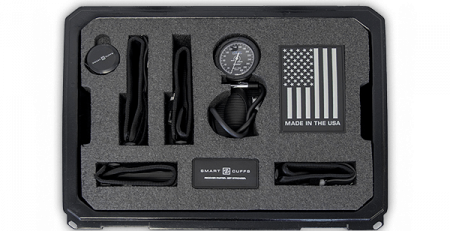Frozen Shoulder
getting it thawed out
The shoulder is the most mobile joint in our body. But what happens when it becomes immobile? Frozen shoulder is a condition that affects around 3% of the population, and since it can take up to 3 years to resolve itself, it can be a real pain in the,… well, shoulder.
What is Frozen Shoulder?
Frozen Shoulder – more correctly known as Adhesive Capsulitis – is a stiffening and pain in your shoulder joint. The shoulder joint is a ball and socket joint which is made up of three bones – the upper arm (humerus), shoulder blade (scapula) and collarbone (clavicle). Connective tissue known as the shoulder capsule surrounds this joint. When scar tissue forms in this capsule it thickens and tightens and the synovial fluid, which lubricates the joint, reduces, causing Frozen Shoulder. Some people mistakenly think this is Arthritis, but in fact the two conditions are completely unrelated.
Risk Factors
Around 70% of all sufferers of frozen shoulder are women, most between 40-60 years of age. It is also more common amongst people with conditions like thyroid disorders, tuberculosis and Parkinson’s Disease. 10-20% of diabetes sufferers will experience frozen shoulder. It is uncommon to suffer this condition twice in the same shoulder, however it may occur in the other shoulder.
Often, Frozen Shoulder strikes when the shoulder joint has been immobilized for a period of time – for instance when you have had your arm in a sling following a fracture, have had a stroke, or a mastectomy.
Three Stages of Frozen Shoulder
Frozen Shoulder occurs in three stages:
- Freezing – this stage is the most painful. Generally symptoms come on gradually and may take 6 weeks to 9 months to fully develop. Pain is often worse at night. The pain is generally dull and achy, and may extend across the shoulder and down the arm.
- Frozen – you may experience less pain, but the shoulder will be stiff and movement restricted. This can last for 4-6 months.
- Thawing – a gradual return to normal function and movement can take 6-12 months.
Diagnosis
A diagnosis can generally be made by physical examination. However, your health practitioner may suggest an xray or MRI in order to rule out other conditions such as a torn rotator cuff or arthritis.
Treatment
Treatment of Frozen Shoulder is all about reducing pain and discomfort and restoring range of motion.
Over the counter pain relievers and anti-inflammatories can help, particularly in the Freezing phase, where pain can keep you awake at night.
A chiropractor will treat the condition with, heat treatment, soft tissue manipulation, acupuncture and transcutaneous electrical nerve stimulation (TENS). Gentle massage might also be considered. Range of motion and stretching exercises for you to do at home will be prescribed to help re-mobilise the joint.
In very rare cases surgery may be considered if non-invasive therapies do not provide relief.
If you are suffering from shoulder pain and stiffness call our Hills District clinic on 9639 7337 to make an appointment to see our qualified Chiropractor for a diagnosis and treatment.




